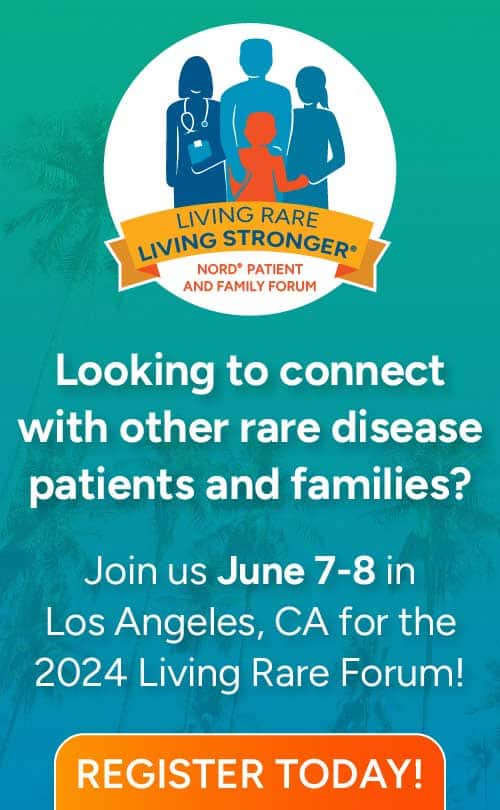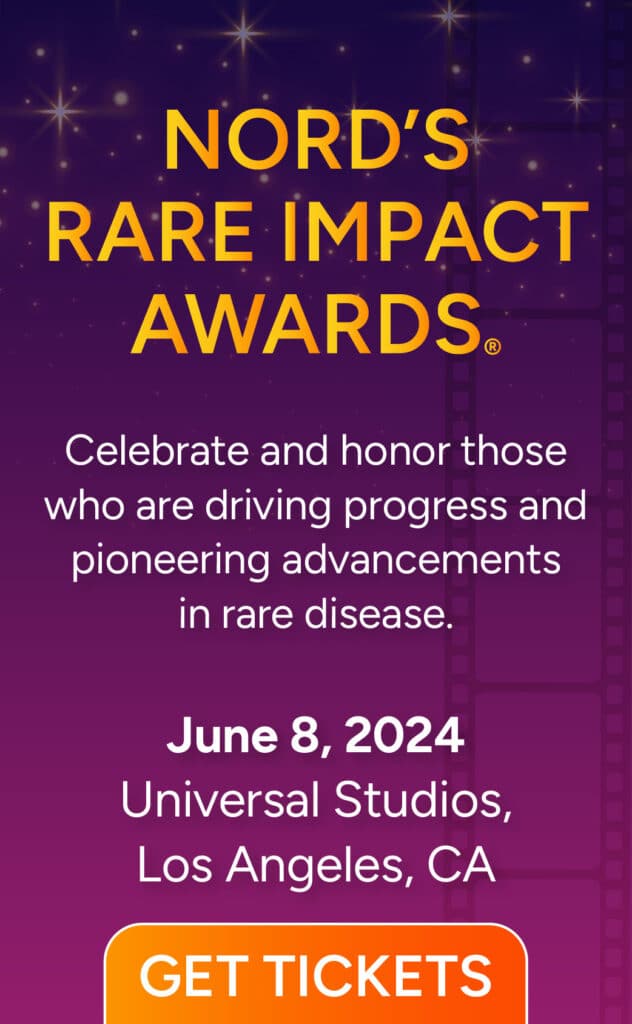On February 20th, 2013, Eliza and John Rista of Huntersville, North Carolina were blessed with an uncomplicated pregnancy, and a healthy, full-term baby boy weighing 8 pounds and 6 ounces. “Around midnight on the day of my son’s birth, my husband and I were alone in our room taking turns holding our baby and marveling at how he could be so incredibly perfect, beautiful, and special,” Eliza reflects.
They were blissfully unaware that in a few hours, their baby would be fighting for his life in the neonatal intensive care unit. He was given oxygen, then a ventilator and nitric oxide, and finally extracorporeal membrane oxygenation (ECMO) before all options were exhausted. “After twelve of the most terrifying and beautiful days of our lives, Johnny was gently handed to us, wrapped in a blue blanket knitted by his grandmother, and we lovingly held him in our arms as he went to heaven peacefully.”
What could have compromised the life of a healthy baby boy so suddenly and unexpectedly? A microscopic lung disease, called alveolar capillary dysplasia (ACD). This rare genetic disorder is characterized by a malformation of the air-blood diffusion barrier in the newborn lung, and is often associated with a misalignment of pulmonary veins. This abnormal barrier causes developmental problems in the infant’s pulmonary vasculature and heart, leading to a lack of oxygen (hypoxemia).
This is most commonly a result of one of two general types of genetic abnormalities, the first being a mutation on the FOXF1 gene on chromosome 16, and the second being a deletion in the areas of chromosome 16 that regulate the expression of the FOXF1 gene. ACD is extremely difficult to diagnose, as it’s only confirmed through biopsy or autopsy, and perhaps in part because of that, there have been less than 400 recognized cases since 1948. Almost every case leads to an infant fatality.
An autopsy revealed that ACD was the cause of Johnny’s death. “It’s difficult agreeing to an autopsy for your baby,” says Eliza. “But we needed to know what happened to determine if it was hereditary and in case our results could prevent this from happening to another family.” John and Eliza grieved while simultaneously becoming active in ACD awareness. “We began by learning more about the disease, and about the research going on,” says John. “We want to raise awareness to gather support for continuing research.” To gather this support, the Ristas organized a successful fundraiser for the NORD ACD research fund this past February. Falling right before International Rare Disease Day, “$20 for the 20th” honored the day that Johnny was born, and brought in $12,000 for various ACD research grants. “No parent should ever feel this helpless, or endure this kind of heartbreak,” says Eliza.
Through their fundraising and awareness efforts, the Ristas became close with the small, yet tight-knit community of those affected by ACD. “It meant the world to us to find comfort from other families that had walked the same tragic path,” says Eliza. “From initially holding your perfectly healthy baby, to watching him be put on ECMO, to losing him…it’s impossible to describe the complexity of emotions.” These other parents made up a supportive community within which the Ristas could grieve, but they also provided a wealth of information.
The Ristas learned that DNA testing of the FOXF1 gene on a blood sample may have enabled quicker and more conclusive results. Instead, the Ristas had to rely on sending tissue samples from Johnny’s autopsy to a research lab for genetic testing. “We were able to determine that Johnny’s DNA had no mutations, but we will never be sure if there was a deletion as the results were partially inconclusive, mainly due to the quality of the DNA without a blood sample,” says Eliza. Hospitals may want to evaluate their protocol of taking post-mortem blood samples from infant deaths for DNA banking, especially for infants to be subject to an autopsy, to ensure the quality of the DNA for prompt and comprehensive results, and to provide a wider sample base for research into rare diseases such as ACD.
In almost all cases of ACD, the genetic abnormalities found in affected infants are not present in either of their parents and thus the risk of having another child with ACD is very low. “We knew we wanted to try to have another baby, but naturally, we were terrified,” says Eliza. The Ristas were introduced to an excellent genetic counselor through their local hospital, and were comforted by stories of success from the ACD community. “Other families who had gone through this reassured me that I could go on to have a healthy baby,” says Eliza. “It gave us the courage to try again.”
Two months ago, Eliza and John Rista were a few doors down from the room in which Johnny had been born, with the same caring medical staff by their side. “We weren’t 100% sure that this baby wouldn’t have a deletion in her DNA,” says John. “And if she did, there wouldn’t be much they could do.” Thankfully, Grace Rista was born healthy, full-term, and with oxygen levels at 100%. The Ristas call her their “rainbow baby”, a term common in the loss community, to represent a beautiful gift given after their son was taken too soon. John and Eliza Rista will continue to honor Johnny through their advocacy and awareness efforts toward alveolar capillary dysplasia.




